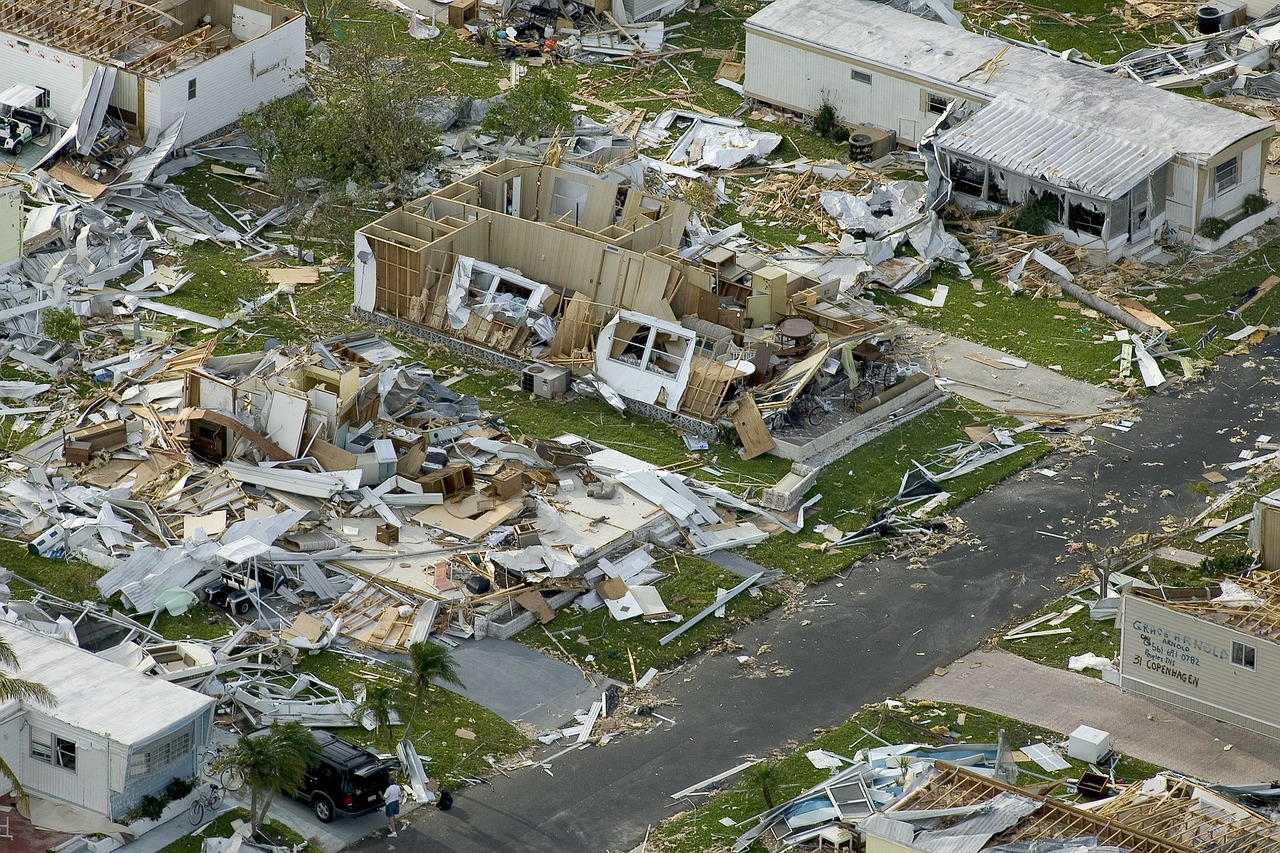Recent Hurricanes Harvey and Irma, one hundred years floods in Southern and Eastern Ontario, huge forest fires in British Columbia, Alberta and Fort MacMurray, have all clearly shown why being prepared, having a disaster plan, and heeding public warnings, are critical to your survival in any disaster. For example, on August 10th, NOAA advised of an extraordinary hurricane season throughout the Carribean! In the fall of 2016, Weather experts noted the possibility of a climate shift and colder/wet conditions in Ontario. Many unfortunate souls in these epic natural disasters ignored basic preparedness and adherence to emergency management bulletins and weather warnings. Being prepared takes planning and effort, and an attitude of being proactive versus reactive.
The following should be a part of your overall disaster preparedness strategy:
- Have a written and rehearsed home Survival plan. Your plan should be available and rehearsed by all family members. It should deal with a variety of disaster scenarios, and include where emergency supplies and gear are located, and how to use everything safely. You should have a windup am/fm radio to obtain disaster bulletins and news.
For example, emergency minus 30 celsius rated sleeping bags, wool blankets, potable water, high energy food supplies, flashlights, candles, first aid kit, extra supplies of medications, carbon monoxide and smoke alarms that are battery operated, warm woolen and fleece clothing, backup battery invertors, portable digital generators, high efficiency wood or pellet stove, and a portable chemical toilet. Additionally, you should have an evacuation plan, and alternatives eg. local emergency shelters, friends and family to bug out to, and for extreme scenarios, local woods and rural areas to flee to.
2. Have an evacuation bugout plan. You should have a well constructed bugout pack(s) that contains survival gear for shelter, fire, water, food, navigation and communications. A minus 30 celsius sleeping bag and underpad, bivuoac tent, water filtration gear. Emergency ration packs, headlamps, basic survival gear, and first aid supplies, are a good starting point. In terms of bugout locations, make arrangements ahead of time, including addresses and details how to get there and share with all family members.
3. Understand emergency warnings and bulletins. For example, if there’s a blizzard or ice storm warning, hunker down. Stay off the roads. Massive pileups in snowstorms claim many lives. Before traveling abroad, check with your travel agent and consulate for warnings, eg. terrorism, hurricane season, dangerous high crime regions etc.
4. Source out Survival Gear and equipment. Don’t wait until there’s a disaster to react and start shopping!
Check your insurance coverage to see if your protected from natural disasters, such as flood coverage. In flood prone areas, having a sump pump makes sense. In forest fire danger zones, clearing a fire break around structures is a good preventative measure. When travelling, carry medical coverage and search and rescue insurance, since as a foreigner, many countries won’t cover you for these costs.
At the very least, have some sleeping bags and wool blankets, warm clothing, a supply of bottled water and emergency food supplies. Be prepared.
